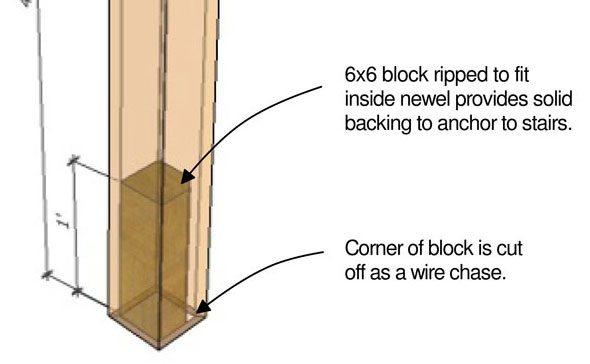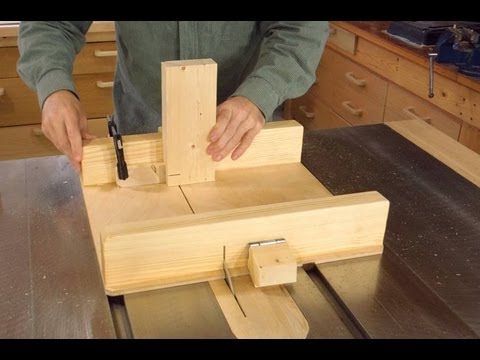Tiny screws, clever screw placement, and a well-defined order of operations are pretty much the whole secret to attaching cedar to steel
In this video, master carpenter Matt Jackson shares his "secret" technique for attaching shiplap cedar boards to a steel frame door. This method ensures discreet fastening while maintaining the aesthetic appeal of the finished door. The process is simple yet effective, allowing anyone to achieve professional results.
Let's dive into the step-by-step instructions.
- Preparing the Shiplap Siding: Matt created custom shiplap siding pieces by cutting 1x8 cedar boards before beginning the attachment process.
- Placing the Shiplap Boards: Start by placing each piece of shiplap siding in its designated spot on the steel door frame. This step ensures proper alignment and makes the following steps more manageable.
- Screw Layout: To maintain a visually appealing finish, spend a minute planning the screw layout. Mark the desired positions for each screw, considering the aesthetic appeal of the final result.
- Preparing the Steel Frame: Drill through the cedar using a 1/8-inch drill bit to create a dimple in the steel tube at each marked screw location. This initial drilling marks the precise spot for subsequent drilling and helps maintain alignment. Apply cutting oil to the drill bit for improved efficiency and durability.
- Drilling Holes: Once the initial dimples are created, remove the shiplap boards and drill through the marked locations with the appropriate bit size.
- Realigning and Fastening: After drilling the holes, wipe off any oil or debris from the steel tube and reposition the shiplap board. Matt chose trim screws that are one and three-eighths inches long, with a tiny T10-sized driver. Drive the screws through the cedar and into the steel, ensuring a secure attachment while keeping the fasteners discreet.
- Trim the wood: Once all the screws are driven, mark the bottom of the door using a straight edge, trim off any excess, and deburr the cut edge with an 80-grit sanding block.
- Drilling the Doorknob Hole: drill a two-and-an-eighth-inch hole through the shiplap siding to accommodate the doorknob. Cut with a hole saw until the drill bit peeks out the other side, and then flip the door and finish the cut from the other side.
No, it is not a brilliant secret with invisible screws, but it looks a heck of a lot better than face-screwing deck screws through the cedar at random places...











